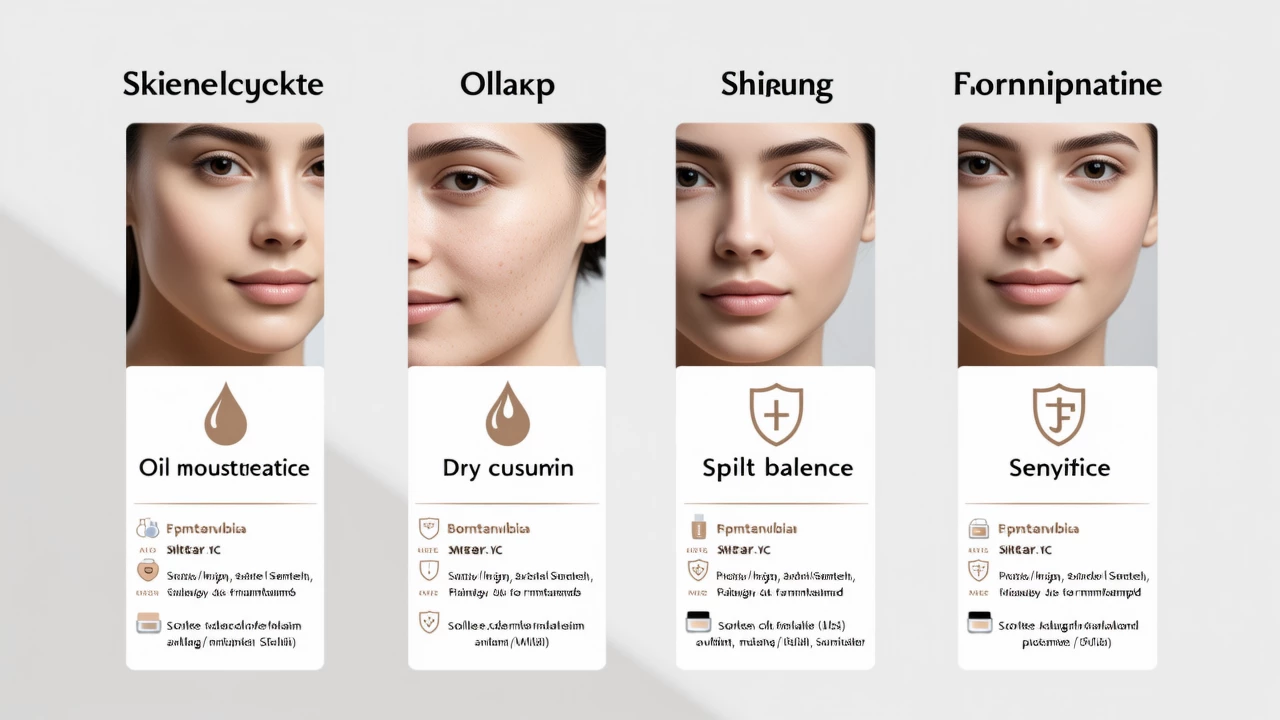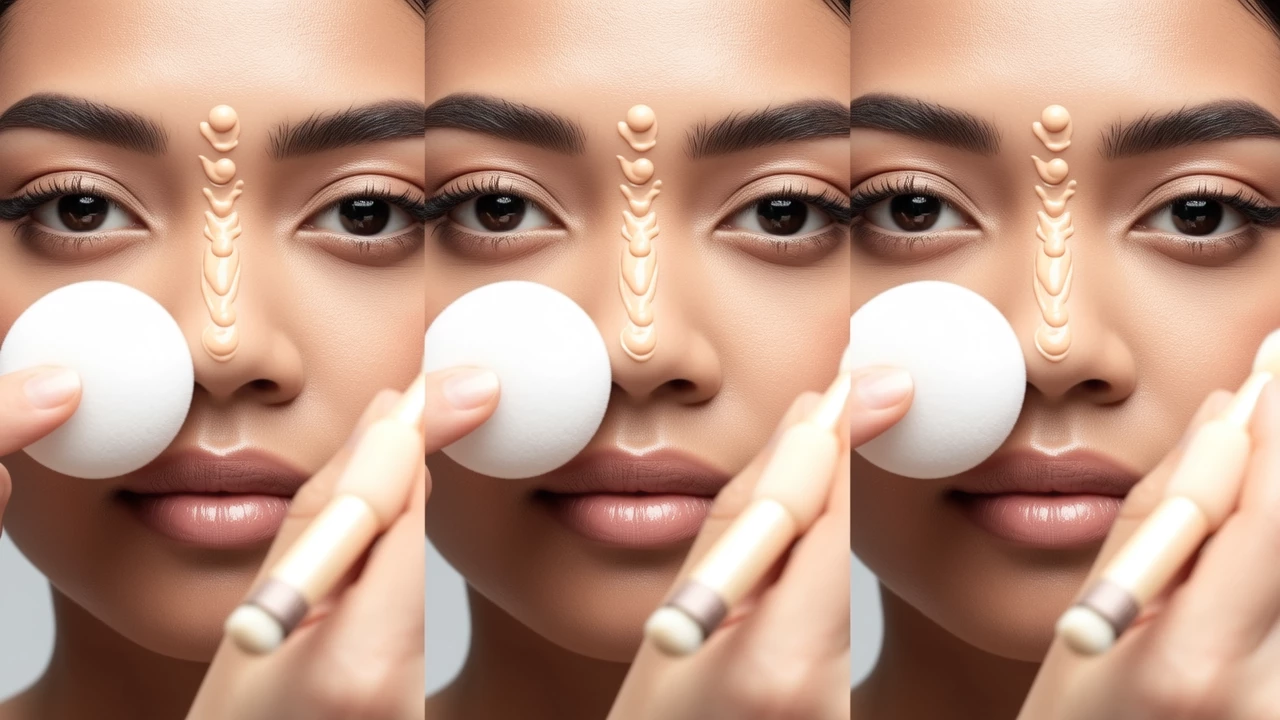Achieving flawless skin is a dream for many, and the right foundation can make all the difference. It’s not just about covering imperfections; it’s about enhancing your natural beauty and creating a smooth, even canvas for the rest of your makeup. With so many options available, choosing the perfect foundation can feel overwhelming. But fear not—this guide will walk you through everything you need to know, from types and formulas to application techniques and common pitfalls. Let’s dive in and unlock the secrets to radiant, seamless skin.
First, let’s explore the different types of foundations. Foundations come in various forms, each suited for different needs and preferences. Liquid foundation is the most popular choice, offering buildable coverage and a natural finish. It works well for most skin types, especially if you want something lightweight. Powder foundation is great for oily skin because it helps control shine and provides a matte look. Cream foundation offers heavier coverage, ideal for covering blemishes or scars, and is best for dry or mature skin. Stick foundation is portable and easy to apply, perfect for touch-ups throughout the day. Then there are tinted moisturizers and BB creams, which provide light coverage with skincare benefits, making them excellent for everyday wear. Understanding these options is the first step to finding your match.

When selecting a foundation, your skin type plays a crucial role. If you have oily skin, opt for oil-free, matte, or powder foundations that won’t clog pores or add extra shine. Look for terms like “long-wear” or “oil-control” on the label. For dry skin, choose hydrating formulas with ingredients like hyaluronic acid or glycerin to prevent flakiness and provide a dewy finish. Cream or liquid foundations with a luminous effect work wonders. Combination skin requires a balanced approach—use a foundation that controls oil in the T-zone while moisturizing drier areas. Many brands offer foundations specifically designed for combination skin. Sensitive skin folks should seek out hypoallergenic, fragrance-free options to avoid irritation. Always patch-test a new product before full application. Don’t forget to consider your undertone—whether cool, warm, or neutral—to ensure the shade blends seamlessly with your natural skin color.

Application is where the magic happens, and using the right tools can elevate your results. Fingers are great for a quick, natural blend, especially with liquid foundations, as your body heat helps melt the product into the skin. However, for a more polished look, brushes and sponges are superior. Foundation brushes, like flat-top or kabuki brushes, provide even coverage and can build intensity without streaking. Beauty blenders or makeup sponges are excellent for a airbrushed finish; dampen them before use to prevent product absorption and create a dewy effect. Start by applying foundation to the center of your face—forehead, nose, cheeks, and chin—then blend outward in gentle, circular motions. Build coverage gradually rather than applying too much at once. Remember to blend down your neck to avoid a harsh line. For best results, prep your skin with a moisturizer and primer to create a smooth base and extend the wear of your foundation.

Even with the right product and tools, mistakes can happen. One common error is choosing the wrong shade—test foundations in natural light, not just store lighting, to avoid mismatches. Another pitfall is over-applying foundation, which can lead to a cakey, unnatural look. Start with a small amount and build as needed. Skipping primer is a big no-no; it helps foundation adhere better and last longer. Also, don’t forget to set your foundation with a translucent powder or setting spray to lock it in place and control shine throughout the day. For those with dry skin, avoid powder-heavy products that can emphasize dryness. Instead, focus on hydrating setting sprays. Lastly, clean your tools regularly to prevent bacteria buildup and breakouts. A dirty sponge or brush can ruin your flawless finish and harm your skin.
In conclusion, finding the perfect foundation is a personal journey that involves understanding your skin type, selecting the right formula, and mastering application techniques. By following this guide, you’re well on your way to achieving that coveted flawless skin. Experiment with different products, don’t be afraid to ask for samples, and always prioritize skincare as the foundation of any great makeup look. Remember, makeup should enhance your beauty, not mask it. Embrace your unique skin and have fun exploring the world of foundations!
